What Is a Launch Strategy (And Do You Actually Need One)?
If you’ve ever tried to launch a product or service and ended up overwhelmed, ghosting your own audience, or wondering why no one’s buying, you’re not alone. Launching can feel like shouting into the void, especially when you’re juggling content, tech, mindset, and everything in between.
That’s where a solid launch strategy comes in. It’s more than just a fancy marketing term – it’s your roadmap to getting your offer into the world in a way that feels aligned, sustainable, and actually works.
In this blog, we’ll unpack what a launch strategy really is, why it matters, and how you can build one that fits your energy, audience, and business goals.
What Is a Launch Strategy?
A launch strategy is the intentional plan you create to introduce a new product, service, or offer to your audience. It maps out everything from content timelines and messaging to sales funnel touchpoints and backend logistics.
But more than that, a good launch strategy helps you build momentum and connection before you ever hit “publish.” It’s not just about the launch week, it’s about the entire journey leading up to it and beyond.
In short: A launch strategy is what turns an idea into something people are excited (and ready) to buy.
Why You Actually Need a Launch Strategy
Spoiler: launching without a strategy is a recipe for burnout, low sales, and second-guessing every move you make.
Here’s what a launch strategy gives you:
- Clarity: You know what to post, when, and why, no more scrambling.
- Confidence: You’ve mapped your messaging, warmed your audience, and know what action they should take.
- Capacity: You can work with your energy, not against it — no more staying up until 2am rewriting your sales page.
- Conversion: Your strategy gently leads your audience from “interested” to “ready to buy.”
Without one, your content is scattered, your timeline’s rushed, and your messaging isn’t building the trust or demand you need.

Launch Strategy vs. Launch Plan: What’s the Difference?
These two terms often get used interchangeably, but there’s a key difference.
- A launch strategy is the why behind what you’re doing. It’s rooted in your goals, audience behaviour, and what will move the needle.
- A launch plan is the how – your actual tasks, dates, and deliverables.
A good launch strategy informs your launch plan. One without the other? It’s either chaos or missed potential.
What Does a Launch Strategy Include?
Your launch strategy might look a little different depending on your business, energy, and audience, but here’s what’s often included:
- Offer Positioning – Who’s it for, why does it matter, and what makes it different?
- Audience Warming – How are you building trust and demand before the pitch?
- Visibility Plan – What content channels are you using, and how often?
- Sales Funnel Strategy – Are you leading people through a clear, human-first customer journey?
- Timeline Mapping – What happens and when (and what’s realistic for you)?
- Conversion Touchpoints – How are you handling objections, nurturing leads, and closing sales?
This is also where ethical marketing comes in: your strategy should help people make confident, empowered decisions. Not pressure them into buying something they don’t need.
Common Launch Strategy Mistakes (and How to Avoid Them)
Even with a solid strategy, there are a few pitfalls that can derail your launch, especially if you’re juggling everything solo or have limited capacity.
Here are a few I see most often:
- Starting too late: A warm audience is a converting audience. Give yourself time to build trust before selling.
- Focusing only on social media: If you’re relying solely on Instagram, you’re missing people who prefer email, video, or search.
- Forgetting the follow-up: What happens after someone joins or buys? Nurturing doesn’t stop at checkout.
- Overcomplicating the funnel: You don’t need 12 emails, 5 freebies, and a challenge. A well-timed, clear message is often more effective.
- Copying someone else’s strategy: Your audience, energy, and offer are unique. What worked for someone else may not work for you.
Avoiding these launch mistakes is key to creating a launch strategy that feels good and gets results.
How a Launch Strategy Supports Your Energy & Capacity
Most launch advice assumes you’ve got infinite time, energy, and tech skills. If you’re neurodivergent, chronically ill, or just a human with a life, that’s not always realistic.
A sustainable launch strategy puts your capacity at the centre. It helps you:
- Spread content across multiple weeks instead of a frantic 7-day promo sprint.
- Automate what drains you (email sequences, anyone?).
- Focus on fewer things that actually move the needle (quality over quantity).
- Build in rest without dropping momentum.
This is especially important if you’ve ever burnt out mid-launch and ghosted your own offer. (Been there.)

Real Talk: Do All Businesses Need a Launch Strategy?
If you’re releasing a new offer (whether it’s a group programme, digital product, service package, or course), yes, you need a launch strategy.
It doesn’t need to be complicated. You don’t need 10 tripwires or a webinar funnel with 47 slides. But you do need some kind of structure to get your offer seen and understood.
Even evergreen offers can benefit from a launch strategy during visibility pushes, seasonal promos, or rebrands.
What Happens Without a Launch Strategy?
Without one, you might:
- Launch to crickets.
- Panic-post content that doesn’t connect.
- Feel like you’re “selling too much” because your messaging wasn’t clear.
- Hit burnout before the cart even opens.
Winging it can work once. But if you want consistent, sustainable results? Strategy is your best spell.
How to Get Support with Your Launch Strategy
If you’re feeling stuck, overwhelmed, or unsure how to turn your offer into a magnetic launch, you don’t have to do it alone.
At Spellbound Marketing, I offer a range of launch strategy & funnel support services to help you create a plan that honours your energy and converts your audience. No cookie-cutter tactics. No 20-step funnels. Just smart strategy that feels like you.
Want to see what makes a human-first launch strategy work? This blog from the folks at Hubspot covers some great Launch Email outlines and templates. Or check out Jenna Kutcher’s breakdown of what she’s learned from over 20 launches (note: big audience, but great insights).
How Long Should You Spend on Your Launch Strategy?
This is one of the most common questions I hear, and the answer is, it depends.
For most small businesses or solopreneurs, a 3 to 6-week pre-launch phase is ideal. This gives you time to:
- Warm your audience
- Share educational content
- Build excitement without rushing
- Handle tech and logistics behind the scenes
That said, if you’re building a larger funnel, planning paid ads, or creating multiple pieces of long-form content (like a webinar or challenge), you may want 8+ weeks of prep.
The key is planning backwards from your launch date and aligning the timeline with your actual capacity, not what the bro-marketing course told you.
Final Word: A Launch Strategy Isn’t a Luxury… It’s a Foundation
If you’re ready to move beyond feast or famine and actually enjoy the launch process, having a launch strategy isn’t optional; it’s essential.
One that works with your business, with your people, and with your energy?
That’s the sweet spot.
Want help building a strategy that actually sells?
Explore my Launch Strategy & Funnel Support Services – designed for values-led, creative businesses who want to launch boldly and sustainably.




